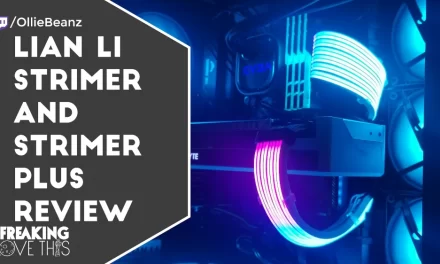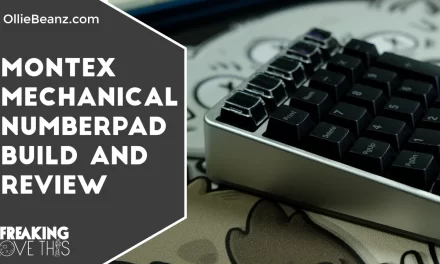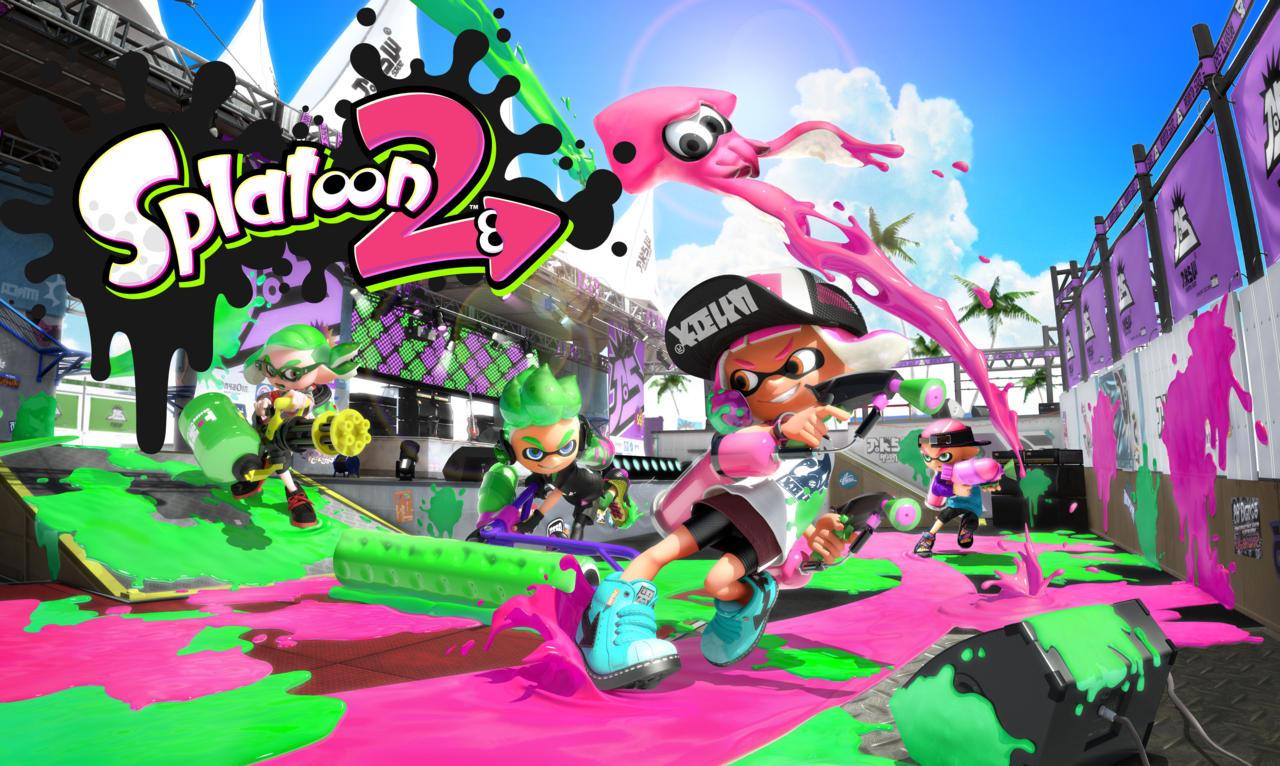
Yakuza Kiwami 2 Review: Double Dragon

The Yakuza series sits at a unique place in 2018, juggling two different points in the series timeline. The western release of prequel









The Dragon Engine’s version of Yakuza’s crunchy combat also continues to be incredibly satisfying. While relatively straightforward in terms of its move set, especially when compared to the multiple disciplines featured in Yakuza 0 and Yakuza Kiwami, the momentum and fluidity of techniques combined with the emphasis on collateral, physics-based damage makes fights exciting–it’s difficult to return to the characteristically stiff combat of 0 and Kiwami once you’ve spent time with it. Small but noteworthy classic mechanics have been reintroduced, including charge moves (which you can now buffer while continuing to move and perform regular attacks), a returning focus on weapons (which you can now collect, store, buy, repair, and equip via quick-menu), as well as a number of location-based Heat moves, where befriended neighborhood denizens help you humorously and viciously assault bad guys.
In addition to the series’ substories, Kiwami 2 also has some welcome minigame activities that give you ample opportunity to play with the versatile combat system in a variety of different situations. The best of these are the Underground Coliseum, which returns from the original and pits Kiryu in a series of one-on-one cage matches with fighters from an entertainingly diverse background of fighting disciplines, and the new Bouncer Missions, which throw you into gauntlets of increasing difficulty overstocked with weapons, environmental objects, and dozens of enemies, making for exciting group brawls. On the other hand, some of Kiwami 2’s story missions have holdover mechanics from the original that never really gelled well to begin with and feel even more outdated as part of the modernization–immovable brutes that soak damage and pound you with couches and enemies with automatic rifles that you need to block with a medieval shield, of all things, feel like uncreative and unnecessary additions.











Other minigame distractions include Japanese and Western casino games, Mahjong, Shogi, darts, batting and golfing challenges as well as the always-fabulous karaoke. The Club Sega arcade selection is a little weaker in Kiwami 2; Virtual-On seems like a great addition, but it hasn’t aged well despite the option for twin stick controls, and Virtua Fighter 2, despite its balancing tweaks, just doesn’t impress as much after Virtua Fighter 5: Final Showdown was included Yakuza 6. UFO Catchers are a fleeting distraction, and the Toylets minigame, based on a very real-life Sega amusement which asks you to use the speed and quantity of your urine flow to affect on-screen action, is as strange and uncomfortable as it seems. Also new is Gravure Photography, where you can watch videos of real-life softcore glamor models flaunt revealing outfits, while you, as a creepy Kiryu, attempt to construct coherent sentences while photographing them. Gravure Photography is Kiwami 2’s entry into the list of series activities that feel at complete odds with Kiryu’s honorable and respectful nature.
But Kiwami 2 also features two more impressively substantial minigames featuring real-life Japanese personalities. One is the Cabaret Club Grand Prix, a refined version of the hostess club management concept seen in Yakuza 0, and the other is a much-improved version of the underwhelming Clan Creator top-down strategy minigame from Yakuza 6, now with a tower-defense twist. Both of these minigame iterations have been altered to have a bigger focus on fast-paced, real-time micromanagement and quick decision making, making them more involved and much more exciting as attractions to potentially invest in.
As was the case in Yakuza Kiwami, fan-favorite character Goro Majima is more tightly woven into this remake. As you progress through the main story, you’ll gradually unlock the three chapters of Majima Saga, an entirely separate mini-campaign, which explores how Majima comes to arrive at the position and disposition that you find him in during the events of Kiryu and Sayama’s story. While you’re able to freely roam Kamurocho and Sotenbori with Majima, there are some major differences: Majima has no character progression of his own and cannot earn XP. There are no substories, and enemy encounters are predetermined as large group battles at certain roadblocks on the map, as well as one-on-one battles with Street Bosses, which you’ll also find in Kiryu’s campaign.











Without long-term purpose or flexibility, Majima’s flamboyant knife fighting style, which dazzles initially with a couple of entertaining heat moves, becomes stale fast. His acrobatic moves don’t have the same satisfying impact as Kiryu’s, and it rarely feels like you’re in complete control. While that may suit his character perfectly, without the ability to pick up items or throw enemies, it’s difficult to keep things interesting for yourself here. The money you earn from defeating enemies in this mode can be transferred to Kiryu in the form of valuable items, and Majima has his own unique karaoke song worth seeing. But the interactive parts of his mini-campaign feel like an unnecessary grind to see story cinematics–which are the places where he really gets to shine, and the only good reason for swapping to Majima Saga. Overall, it’s a missed opportunity.
The tale of Tokyo and Osaka, Kiryu and Sayama’s partnership, and Kiryu and Goda’s rivalry remains one of the Yakuza’s best stories, and Kiwami 2’s minor missteps don’t affect the heart of that experience. The modernization of its presentation and its mechanics elevate it, making it absolutely worth revisiting or experiencing for the first time. Yakuza is an exemplary, if flawed series that does an incredible job of steeping you in contemporary Japanese-style crime drama, and establishing an evocative sense of place. Yakuza Kiwami 2 is an excellent example of the series at its best, coupling its most memorable stories and characters with its most sophisticated mechanics yet.
Source:: GameSpot Reviews



















